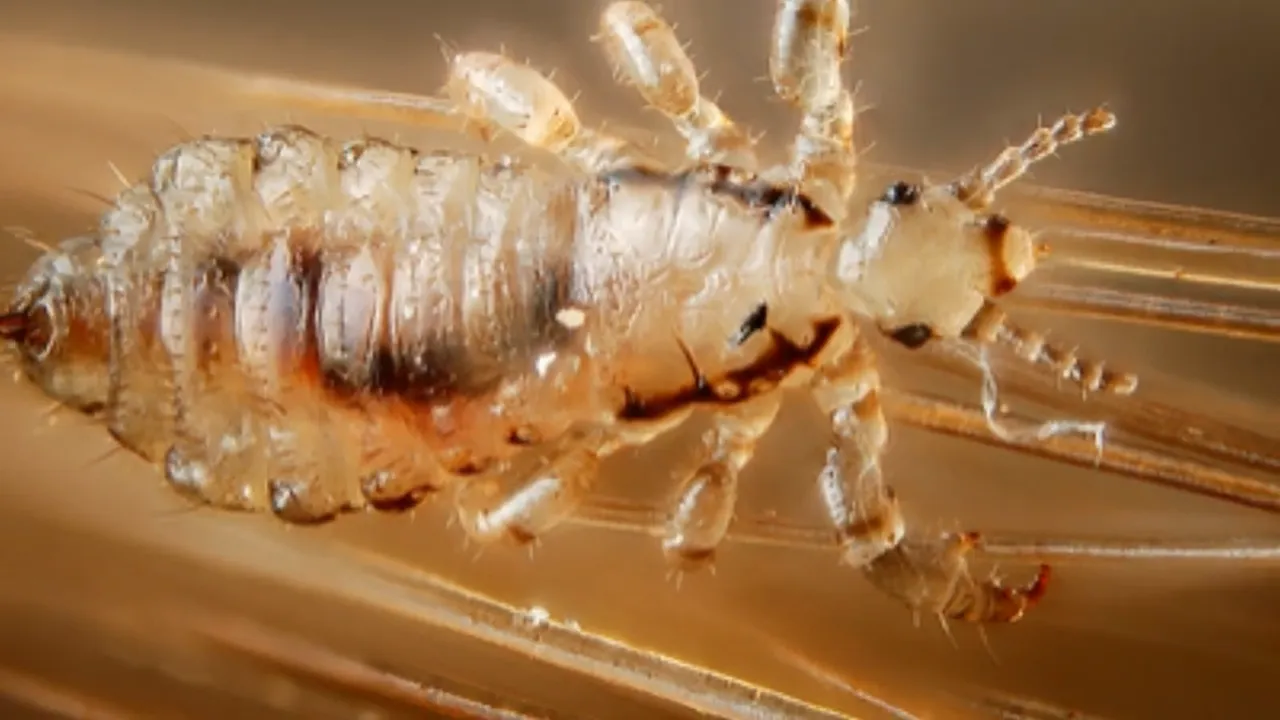Lice infestations have been a longstanding challenge for many individuals, especially for those with school-aged children. These tiny parasites, adept at causing itching and discomfort, often raise questions about effective elimination strategies. One commonly debated measure involves the frequency of washing hair. Does regular hair washing, particularly daily, deter or eliminate these bothersome pests?
Washing your hair daily can help maintain scalp hygiene but does not directly kill lice. Lice are resilient and can survive temporary submersion in water. While regular cleaning may assist in removing some lice or nits, it’s not the definitive solution to a lice problem.
Frequent hair washing could potentially prevent the rapid multiplication of lice by disrupting their life cycle. Yet, it’s crucial to be aware that solely depending on this practice might not grant full protection from a potential infestation or help in completely eradicating an existing one.
Lice: A Quick Overview
What is Lice?
Lice are tiny, wingless insects that infest the human scalp and feed on our blood. These persistent parasites can lead to uncomfortable symptoms, particularly itching. While often associated with children, anyone can become a host for lice.
Life Cycle and Duration
Lice have three primary stages in their life cycle:
- Nits (Lice Eggs): These are lice eggs laid by the adult female on hair shafts close to the scalp. They’re oval and usually yellow to white. Nits take about a week to hatch.
- Nymphs: After hatching, the lice become nymphs. These young lice feed on blood and mature into adults within 9 to 12 days.
- Adult Lice: The fully-grown lice are sesame-seed sized, have six legs, and are tan to grayish-white. They can live up to 30 days on a human host. Off the host, they perish within two days.
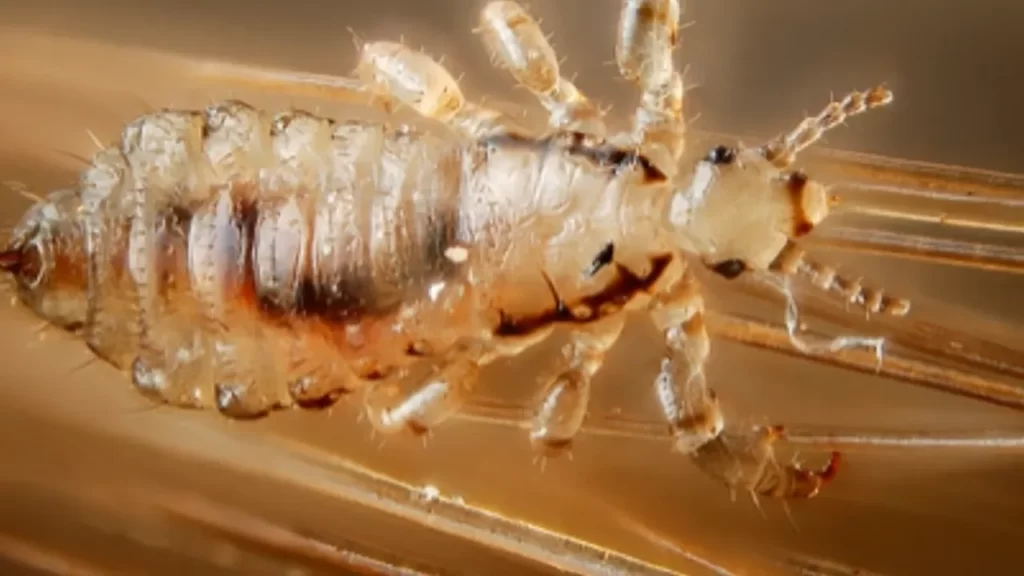
Transmission and Spread
Lice don’t fly or jump. They crawl. They spread primarily through direct head-to-head contact. Sharing personal items like combs, brushes, hats, and headphones can also result in transmission. Places with close proximity, such as schools or family gatherings, often see the highest rates of lice spread.
Daily Hair Washing: The Impacts
Natural Oils and Scalp Health
Daily hair washing, especially with harsh shampoos, can strip the scalp of its natural oils. These oils are essential for maintaining scalp health and hair strength. A dry scalp may become irritated, leading to increased itching, which isn’t ideal when dealing with lice.
Lice Survivability in Water
A common misconception is that lice drown during hair washing. This isn’t true. Lice can survive submerged in water for several hours. Thus, simple washing won’t eradicate an infestation.
Drying Effects: Does Heat Kill Lice?
Heat can be effective against lice to some extent. Direct heat from hair dryers may kill some nymphs and adult lice, but won’t typically harm the nits. Additionally, the use of excessive heat on the scalp might result in burns or other harm.
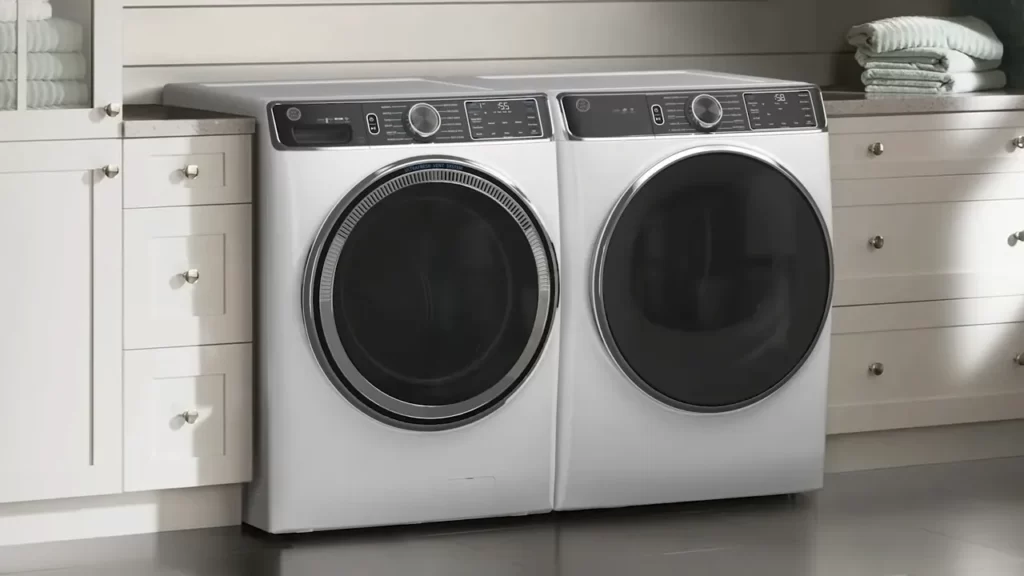
Effectiveness Against Lice
Lice vs. Shampoo: Is There an Effect?
Regular shampoos aren’t designed to kill lice. While they can clean the scalp and might dislodge some lice or nits due to friction, they lack the necessary ingredients to eliminate lice effectively. Only medicated or specialized lice shampoos show some efficacy.
The Role of Hair Cleanliness in Lice Prevention
Lice are not an outcome of dirty hair. They are attracted to blood, not the state of hair cleanliness. In fact, some argue that lice prefer clean hair as it’s easier for them to navigate and lay eggs. Nonetheless, maintaining scalp hygiene can reduce the risk of secondary bacterial infections caused by scratching.
Factors Beyond Shampoo
Relying solely on shampoo, even lice-specific ones, won’t ensure complete lice eradication. Combining wet hair with a fine-toothed nit comb is a critical step. Regular checks, early intervention, and ensuring that infested family members are treated simultaneously can further bolster efforts against lice.
Lice Eradication Methods
Over-the-Counter Shampoos
Over-the-counter (OTC) lice shampoos are commonly the first line of defense against lice. They contain ingredients like permethrin or pyrethrin, which are designed to kill adult lice and nymphs. Here’s how to use them:
- Wet the hair and scalp.
- Apply the shampoo as directed, ensuring complete coverage.
- Leave the shampoo in for the specified time.
- Rinse thoroughly and comb out dead lice and nits using a nit comb.
Note: Always read the product’s instructions, as overuse can reduce its efficacy.
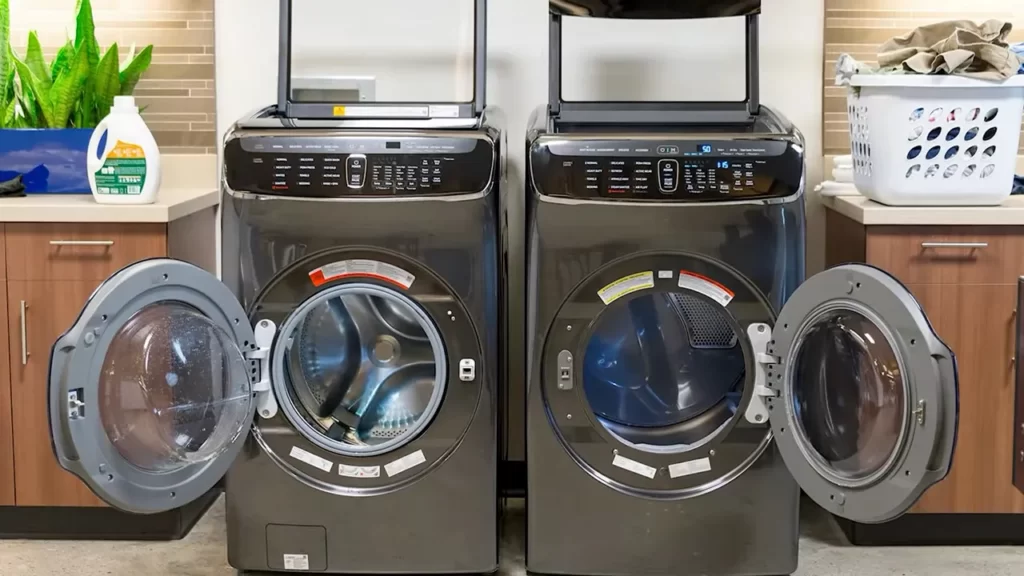
Prescription Solutions
For persistent infestations, doctors may prescribe stronger treatments. These can include lotions, shampoos, or oral medications. They often contain different active ingredients than OTC products, targeting lice in various ways.
Natural Remedies and Approaches
Many people lean toward natural methods, believing they’re safer. Some popular methods include:
- Tea Tree Oil: Known for its antiseptic properties. Mix a few drops with shampoo or coconut oil and apply to the scalp.
- Coconut Oil or Olive Oil: These oils can suffocate lice. Apply generously, leave it for several hours, and then rinse.
- Vinegar: Its acidic nature can loosen the glue holding nits to hair. Dilute with water and rinse the hair with it.
However, while these methods can offer relief, their efficacy in entirely eradicating lice is debatable.
Preventing Lice Infestations
Best Haircare Practices
Maintaining a clean scalp is beneficial, not just for lice prevention, but for overall health. Regularly washing and drying hair can dislodge some lice. Keeping hair tied up, especially in schools or crowded places, reduces the risk of head-to-head transfer.
Personal Items: To Share or Not to Share?
Lice can’t jump or fly, but they can crawl. Avoid sharing personal items like:
- Hair brushes and combs.
- Headphones or earbuds.
- Hats, scarves, and hairbands.
- Pillows or towels.
Educate children about the risks of sharing these items, especially during an outbreak.
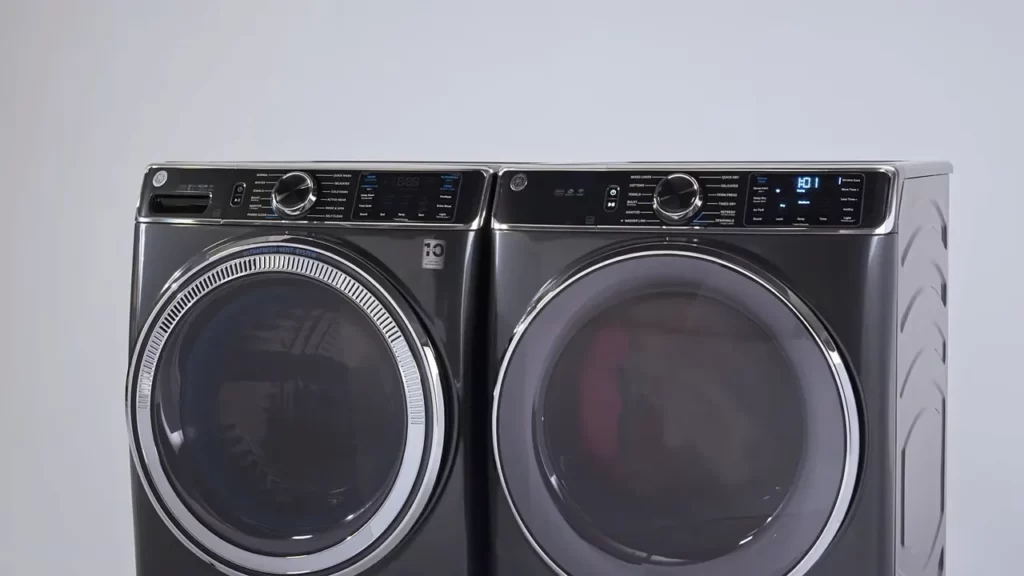
Staying Vigilant: Regular Scalp Checks
Early detection can make lice treatment more straightforward. Check children’s scalps weekly using a nit comb, especially if there’s been a known outbreak in their school or community.
Additional Considerations
The Role of Hair Type and Length
Lice don’t have a preference for hair type or length, but dealing with them might differ based on these factors. For instance:
- Long Hair: Provides more area for lice to lay eggs, but it’s also easier to spot lice and nits.
- Short Hair: Less space for lice, but nymphs and adults can be closer to the scalp, making them harder to spot.
- Curly vs. Straight: The shape and texture of hair might affect how easily lice can move around and lay eggs.
Combating Lice Eggs or Nits
Nits are often the most challenging part of an infestation to tackle. They’re glued to hair shafts and are resistant to many treatments. Regularly using a nit comb is crucial, as is ensuring that any treatment used targets both adult lice and their eggs.
Treatment Aftercare and Maintenance
After any lice treatment:
- Wash all bed linens, clothes, and personal items used in the past 48 hours.
- Vacuum carpets, upholstery, and car seats to remove any lice or fallen hairs with attached nits.
- Items that can’t be washed can be sealed in plastic bags for two weeks, a duration beyond the survival time of lice off the scalp.
Frequently Asked Questions
Can lice drown during a hair wash?
No, lice can’t drown during a typical hair wash. They can survive underwater for several hours, making short washes ineffective in killing them.
Does regular shampoo kill lice?
Regular shampoos aren’t formulated to kill lice. Specialized lice shampoos contain ingredients designed to target and eliminate these parasites.
Are lice more common in dirty hair?
Lice infestation isn’t a sign of poor hygiene. They are attracted to human blood, not the cleanliness or dirtiness of hair.
How long can lice live off the scalp?
Lice can’t survive for more than 24-48 hours away from their human host. Without blood meals, they eventually die.
Can daily hair drying help in lice removal?
Direct heat from hair dryers can kill some lice, but it’s not a guaranteed solution. It’s essential to combine it with other effective treatments.
Conclusion
Lice infestations, although troublesome, are manageable with the right strategies. Daily hair washing, while promoting cleanliness, doesn’t serve as a foolproof method against lice. Effective lice management requires a multifaceted approach, often involving specialized treatments, combing, and preventive measures. Awareness and early intervention remain the best defense, ensuring minimal disruption and discomfort in our daily lives.
